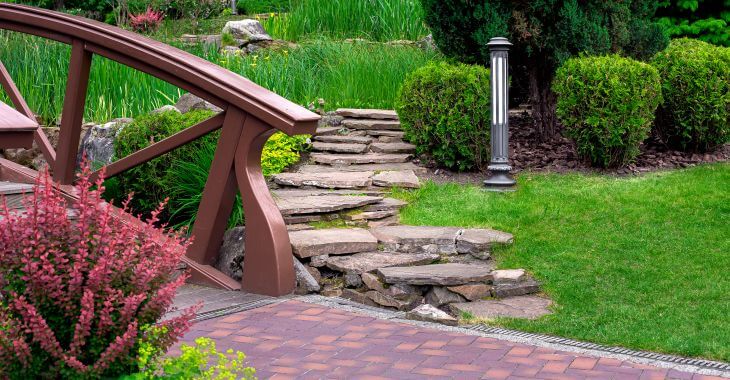Using Retaining Walls in Garden Design
Retaining walls are a popular design element, and one that serves a variety of purposes in a landscaping plan. From purely aesthetic value to functional purposes, retaining walls make appearances for many reasons. Understanding what retaining walls are used for and why they’re important can help you determine whether or not they should be integrated into your outdoor living design.
Preventing Erosion
Rolling slopes provide plenty of visual interest, but they can also cause soil erosion over time. Retaining walls can prevent erosion by keeping the soil from rolling down hills. Raised beds can also benefit from the addition of retaining walls, because they prevent soil from becoming displaced by water runoff or heavy rains.
Building Water Features
Traditionally, water features are installed by digging into the ground. Some homeowners prefer to install water features above ground, and this is where retaining walls come in handy. Building a retaining wall around the new water feature eliminates the need for deep digging and keeps the water installation at an easily visible level.
Retaining walls can be constructed from a variety of fabrication materials, including interlocking pavers. Using pavers to build or face a retaining wall allows you to create a cohesive landscaping design, especially if it also features walkways, patios and other features constructed from the same pavers.
Working with a professional paving and landscaping contractor will help you to decide whether retaining walls would make a functional and aesthetically pleasing addition to your property. Contact a professional contractor in your area to discuss the use of pavers in the construction of your retaining wall, and all the ways adding one to your property can benefit your overall design.
Posted on behalf of Marty Shettle, Lane Landscaping
